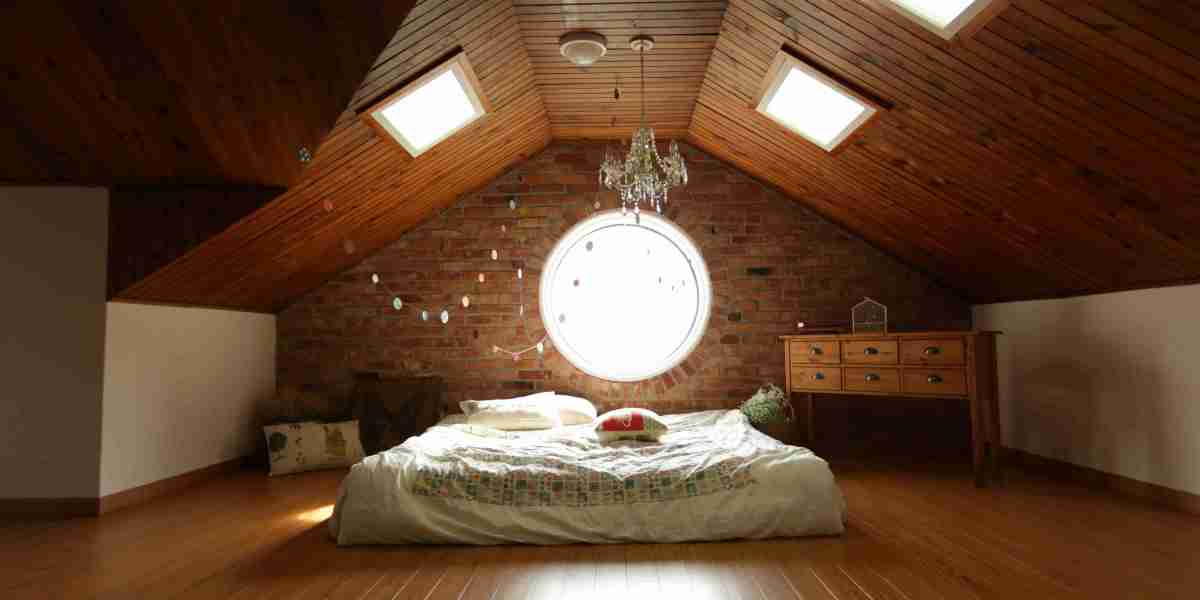Color has a profound effect on our emotions, perceptions, and behavior, making it a powerful tool in interior design. When it comes to choosing the right ceiling hue, understanding the principles of color psychology can help create the desired atmosphere and ambiance in a space. In this article, we delve into the psychology of color and offer insights into selecting the perfect ceiling hue to enhance your home's aesthetic appeal and mood.
The Influence of Color on Perception
Color psychology examines how different colors evoke specific emotional responses and perceptions in individuals. Warm tones such as red, orange, and yellow are associated with energy, warmth, and vitality, while cool tones like blue, green, and purple evoke feelings of calmness, tranquility, and relaxation. By strategically selecting ceiling hues that align with desired emotional responses, homeowners can create cohesive and harmonious living environments that promote well-being and comfort.
Choosing the Right Ceiling Hue: Considerations and Techniques
When selecting a ceiling hue, several factors should be taken into consideration to achieve the desired effect:
- Ceiling Height: Lighter hues such as white or pastels can visually lift the ceiling and create a sense of spaciousness in rooms with low ceilings, while darker hues can add coziness and intimacy to rooms with high ceilings.
- Room Function: Consider the intended function of the space when choosing ceiling hues. For example, soothing shades like soft blue or lavender may be ideal for bedrooms, while energizing tones like yellow or green can enhance productivity in home offices or study areas.
- Natural Light: Take into account the amount of natural light in the room, as it can affect how colors appear. Rooms with ample natural light can accommodate a wider range of hues, while rooms with limited natural light may benefit from lighter, more reflective ceiling colors to enhance brightness.
The Psychology of Popular Ceiling Hues
Each color conveys its own unique psychological associations, influencing the mood and ambiance of a space:
- White: Symbolizing purity, clarity, and openness, white ceilings create a sense of cleanliness and spaciousness, making them a popular choice for modern interiors.
- Blue: Associated with serenity, calmness, and relaxation, blue ceilings can evoke a sense of tranquility and promote a peaceful atmosphere, particularly in bedrooms and bathrooms.
- Gray: Signifying balance, sophistication, and neutrality, gray ceilings offer versatility and can complement a wide range of interior styles, from contemporary to traditional.
- Beige: Representing warmth, comfort, and stability, beige ceilings create a cozy and inviting ambiance, making them well-suited for living rooms, dining areas, and family spaces.
Exploring Home Renovation Solutions: Remove Stucco Ceiling
In addition to selecting the right ceiling hue, homeowners may consider other renovation projects to enhance the look and feel of their living spaces. Removing a stucco ceiling can transform the aesthetic of a room, creating a smoother, more modern surface for painting or applying textured finishes. Explore stucco ceiling removal cost at Renovated Home, where you can find resources and professionals to assist with this renovation project.
Conclusion: Harnessing the Power of Color
In conclusion, the psychology of color plays a pivotal role in interior design, particularly when choosing ceiling hues. By understanding the emotional and perceptual effects of different colors, homeowners can create living spaces that reflect their personal style and enhance their overall well-being. Whether opting for calming blues, energizing yellows, or sophisticated grays, selecting the right ceiling hue can transform a room's ambiance and elevate its aesthetic appeal. Through thoughtful consideration and exploration of color psychology, homeowners can harness the power of color to create harmonious and inviting living environments.








